`Birdland, Weather Report collaboration` by Joe Zawinul is a fusion cover track
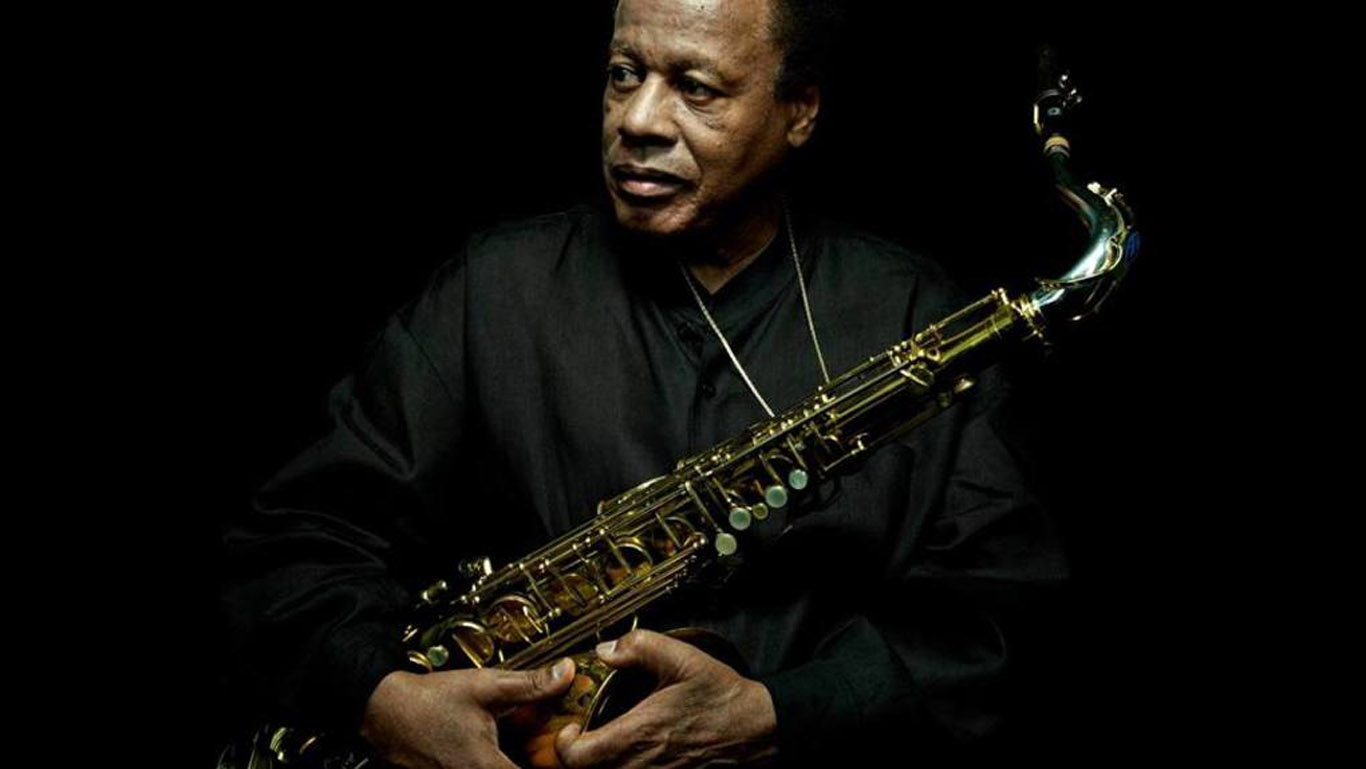
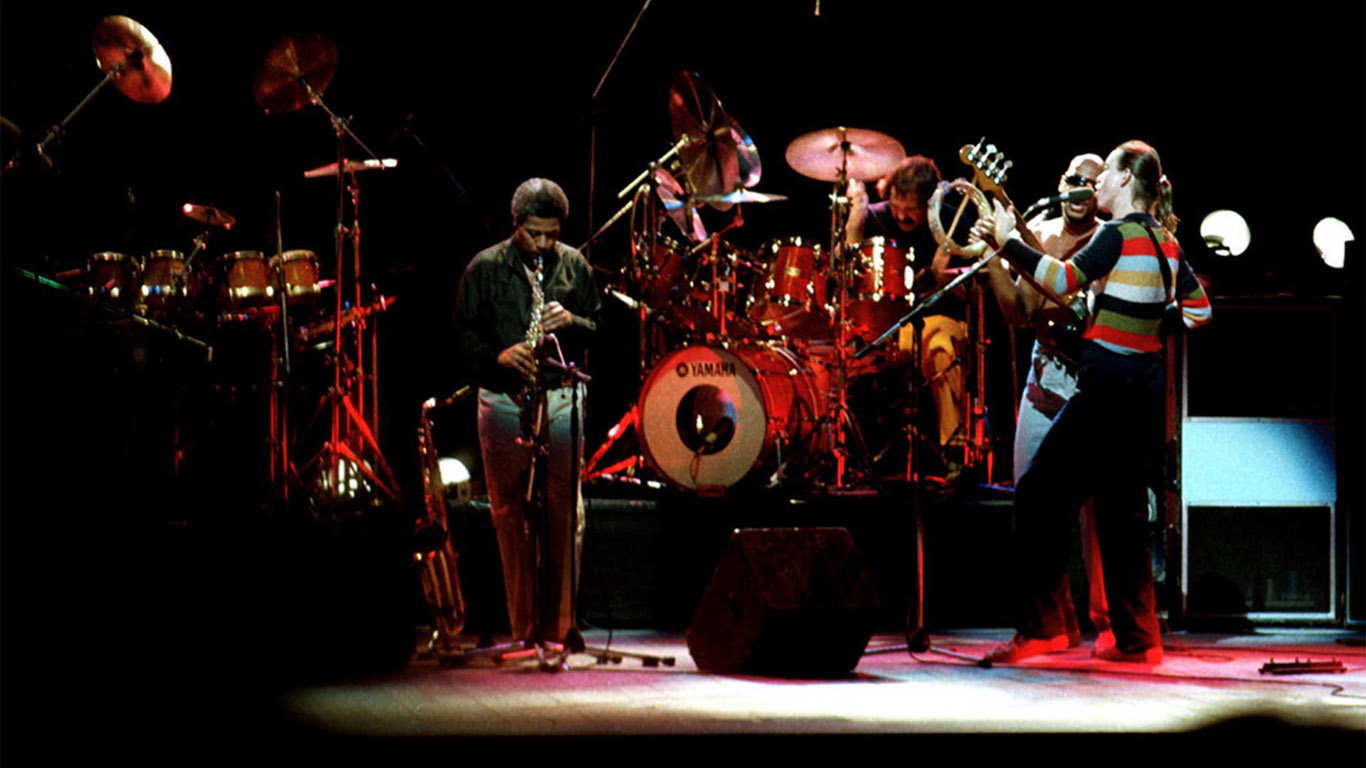
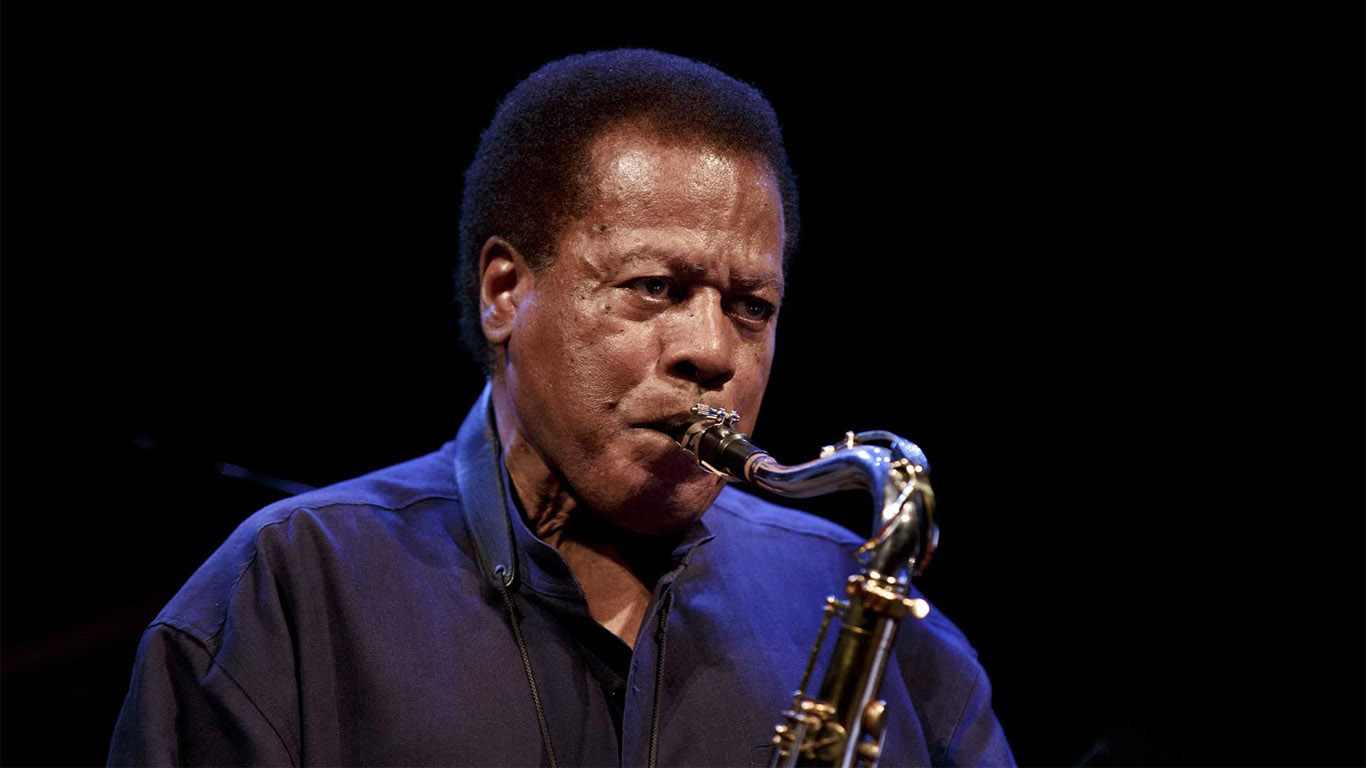
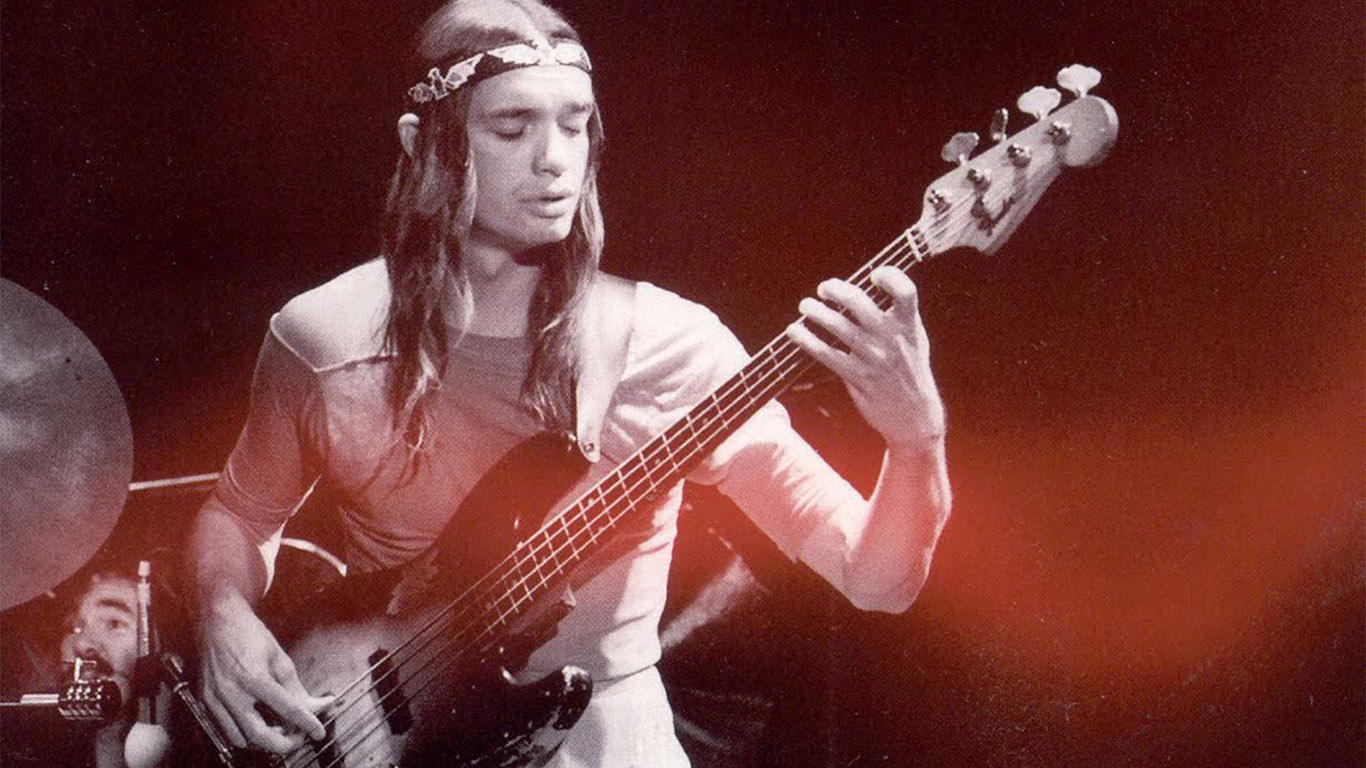
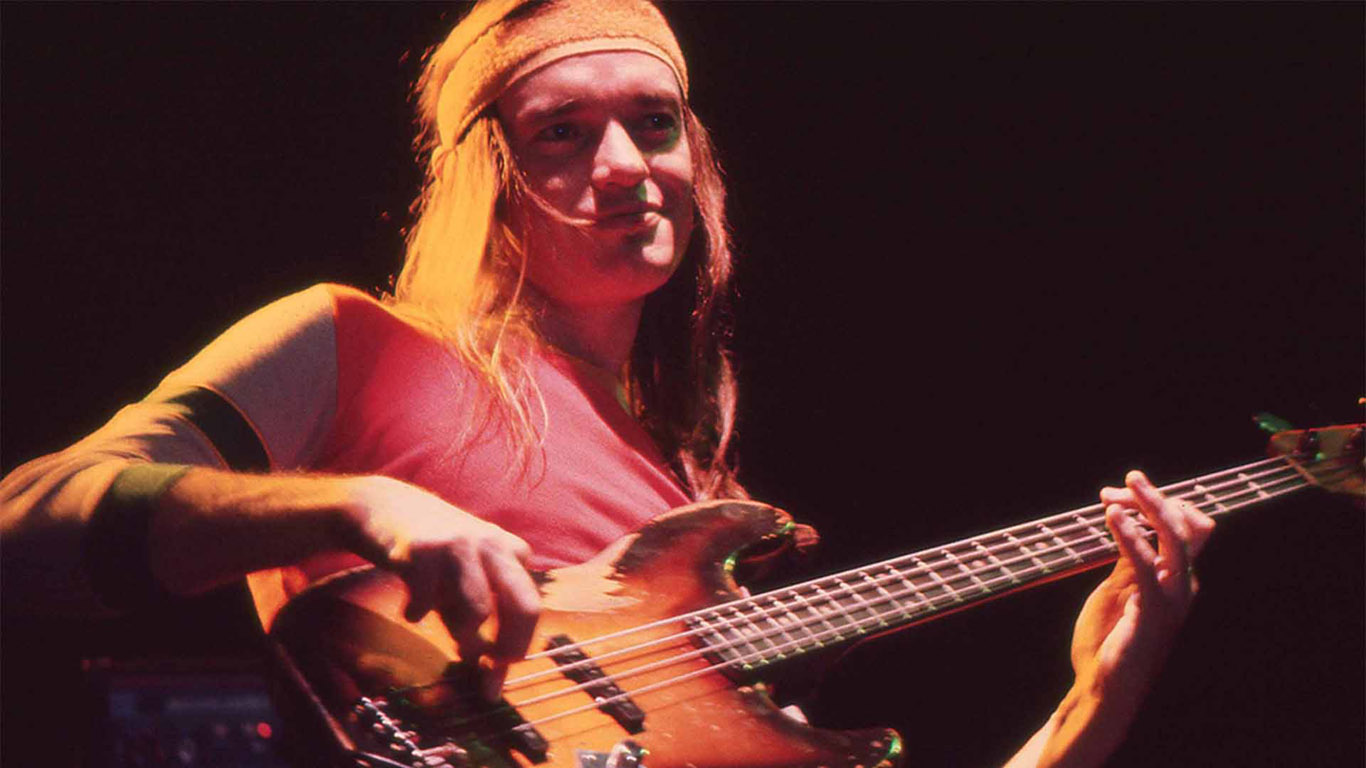
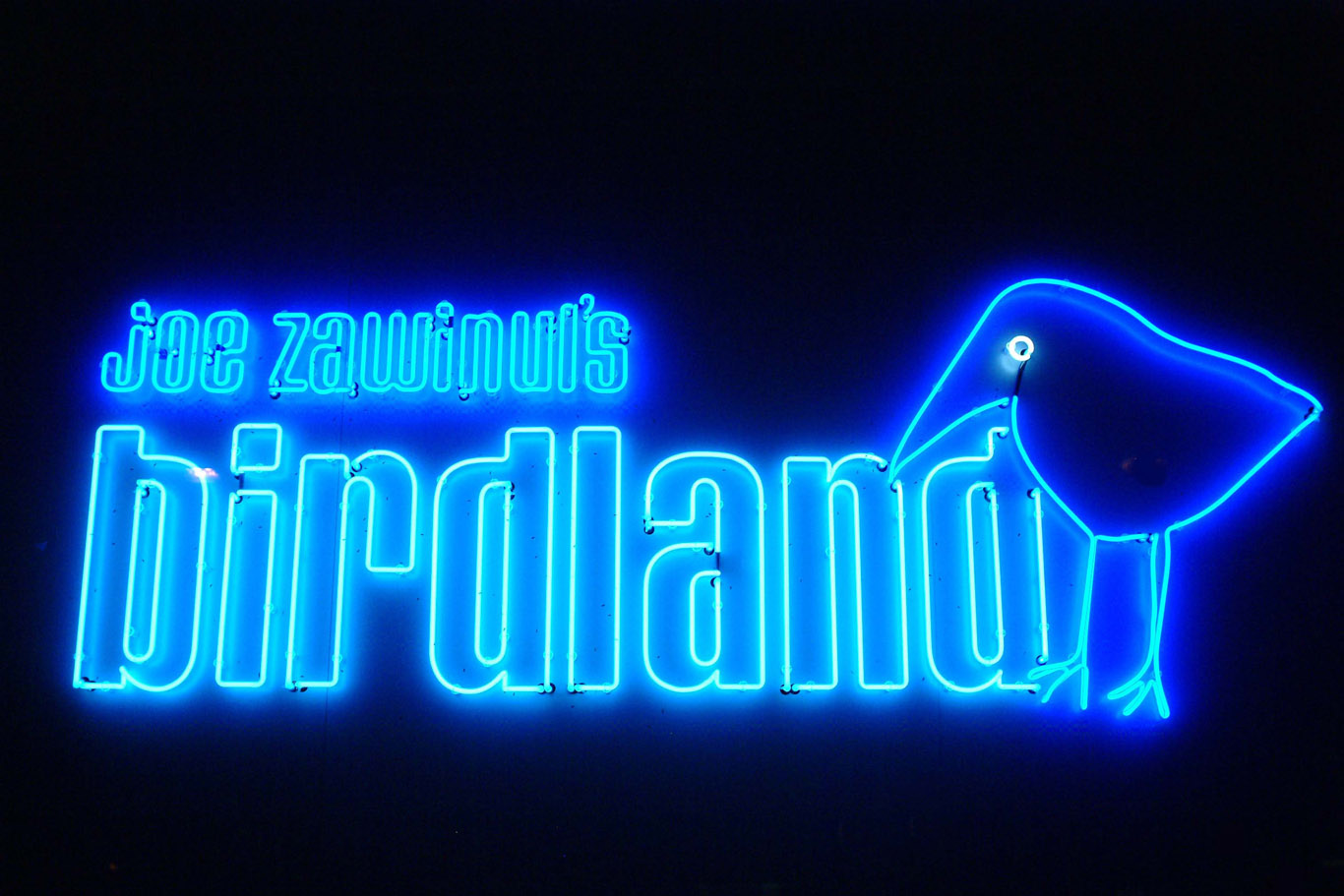
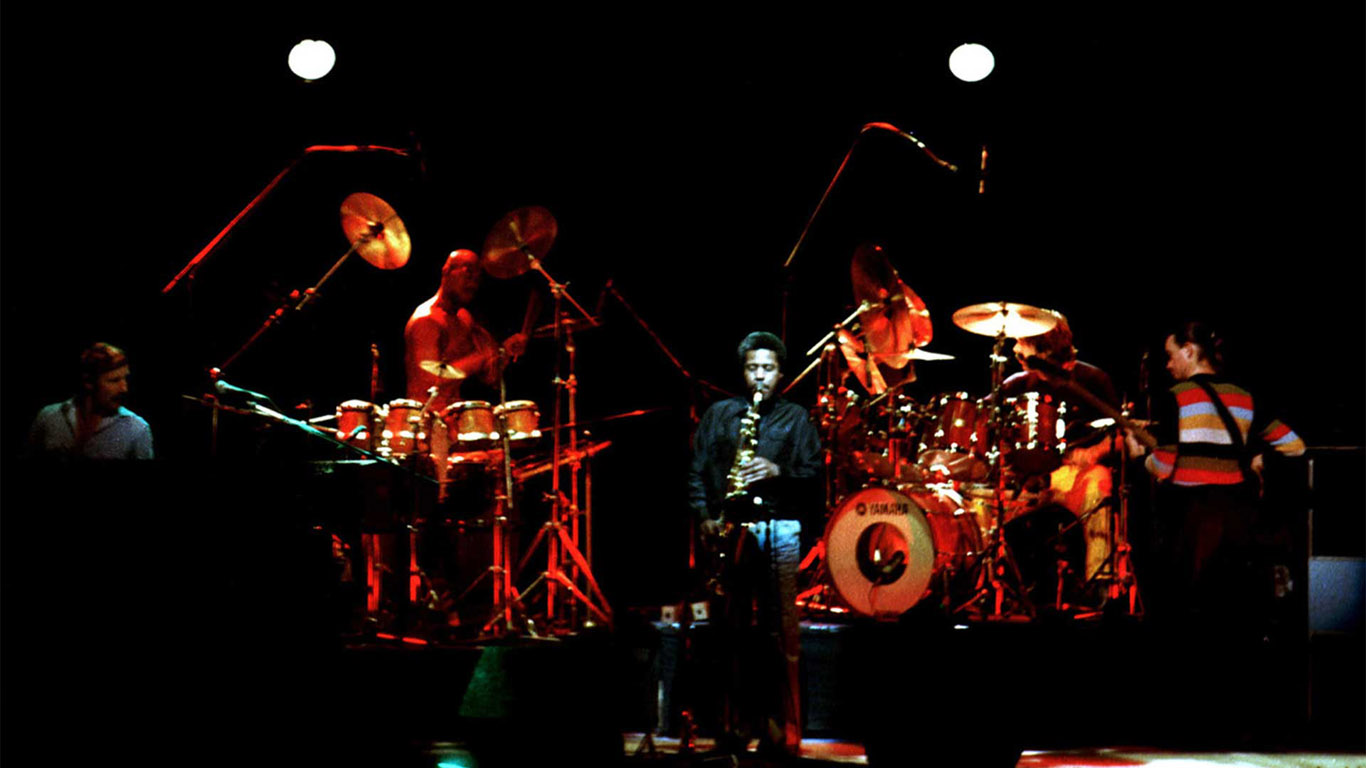
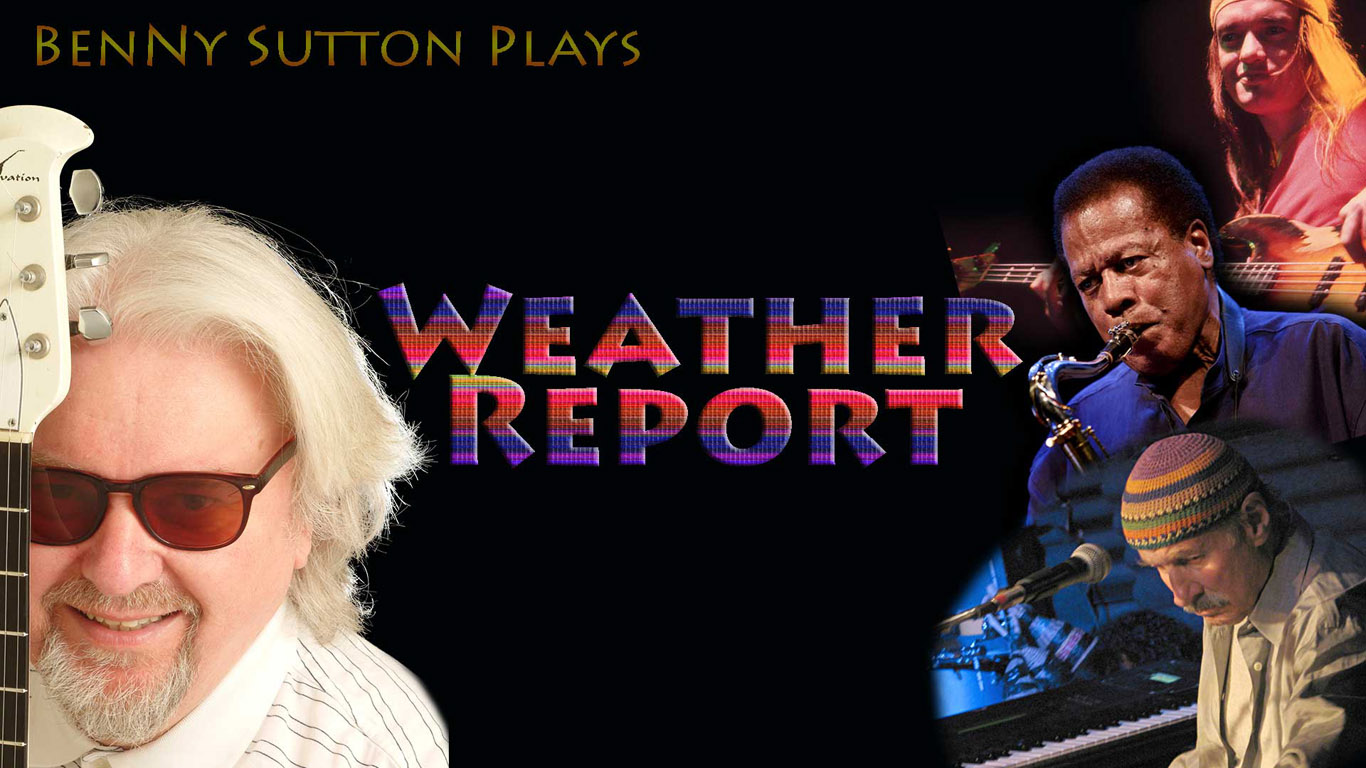

Download Birdland, Weather Report collaboration here as an MP3
Play: Birdland, Weather Report collaboration
A modern re-imagining of the classic Weather Report track by the cream of jazz players on Soundcloud.
- Benny Sutton
- Alan 'Quorn' Corne - Drums
- Barry Likumahuwa - Bass
- Michel Martineau - Clarinet
Musical Analysis of "Birdland" by Weather Report
"Birdland" primarily revolves around the key of E major, but it features various modulations and tonal shifts that contribute to its dynamic character. The song opens with a strong E major theme, but throughout its progression, it explores other tonal centers, giving it a rich harmonic texture.
Chord Progressions
The chord progressions in "Birdland" are sophisticated and complex, reflecting the fusion of jazz, rock, and funk elements. The song employs extended chords and non-diatonic progressions, which are common in jazz. For instance, the introduction and main theme make extensive use of the I (Emaj7), IV (Amaj7), and V (B7) chords, but with added sevenths, ninths, and other extensions to enhance the harmonic richness.
Structure
The structure of "Birdland" is unconventional...
- Intro: Establishes the main theme and sets the tone.
- A Section: The main theme is presented.
- B Section: A contrasting theme with different harmonic and melodic ideas.
- A Section: Return to the main theme.
- C Section: Another contrasting section, often featuring solos or improvisation.
- A Section: Final restatement of the main theme.
- Outro: Concludes the piece, often with a reprise of earlier motifs.
Melody/Motifs
The melody of "Birdland" is iconic, characterized by its catchy and memorable main theme. This theme is introduced in the saxophone and keyboard, creating a signature sound for the piece. The use of syncopation and rhythmic displacement in the melody adds to its uniqueness. Motifs are repeated and varied throughout the song, giving it cohesion while maintaining listener interest.
Rhythmic Style/Meter
"Birdland" features a driving, syncopated rhythm that is a hallmark of the jazz fusion genre. The meter is predominantly 4/4, but the rhythm section, particularly the bass and drums, adds complexity with syncopated patterns and polyrhythms.
Genre
"Birdland" is a quintessential example of jazz fusion, a genre that combines elements of jazz improvisation and harmony with rock and funk rhythms and instrumentation. Weather Report, led by Joe Zawinul and Wayne Shorter, were pioneers of this genre, and "Birdland" stands as one of their most celebrated compositions.
~What Makes It Interesting?
Several elements make "Birdland" particularly interesting...
Instrumentation. The blend of electronic keyboards, saxophone, bass, and drums creates a distinctive sound palette.
- Harmonic Sophistication: The use of complex chord progressions and modulations showcases the musicians' virtuosity.
- Rhythmic Innovation: Syncopation and intricate rhythms keep the listener engaged.
- The bassline: by Jaco Pastorius
- Melodic Hooks: The memorable main theme is both catchy and sophisticated, appealing to both casual listeners and jazz aficionados.
Context in Music History
"Birdland" is a significant piece in the jazz fusion genre. Released in 1977 on the album “Heavy Weather”, it became one of Weather Report's most successful and enduring tracks. The song's title pays homage to the famous Birdland jazz club in New York City, a hub for jazz musicians and enthusiasts.
Chart Position and Awards
While "Birdland" itself did not hit the Top 10 as a single, it was the most successful ‘jazz’ single of all time and the album “Heavy Weather” achieved commercial success, reaching No. 30 on the Billboard 200 chart.
The song has been widely acclaimed and covered by numerous artists. Notably, the Manhattan Transfer's vocal version of "Birdland" won Grammy Awards for Best Jazz Fusion Performance and Best Arrangement for Voices in 1980.
Conclusion
"Birdland" by Weather Report remains a landmark composition in the jazz fusion genre.
Learn How To Play Birdland